Our Premier League news section provides insight into everything happening within the league including current issues, transfer speculation and betting insight to help you make predictions on individual games.
Bet Slip
Premier League
Latest Premier League news
Latest Premier League News
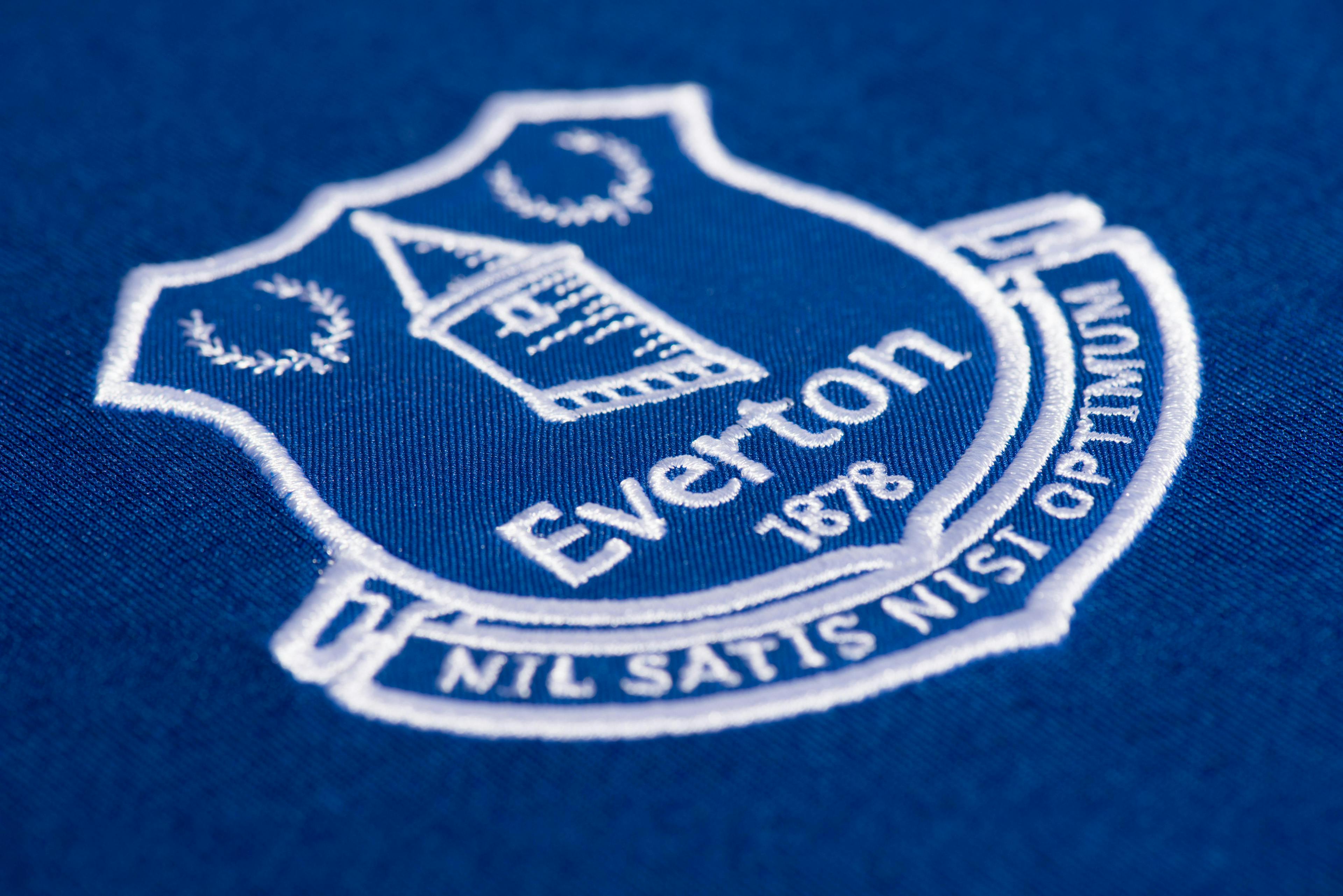
Everton vs West Ham - 97/1 Mega Bet Builder Tip
Everton take on West Ham in the Premier League this weekend in what should be an interesting game on numerous fronts. Everton are looking to build on a positive start to the campai...
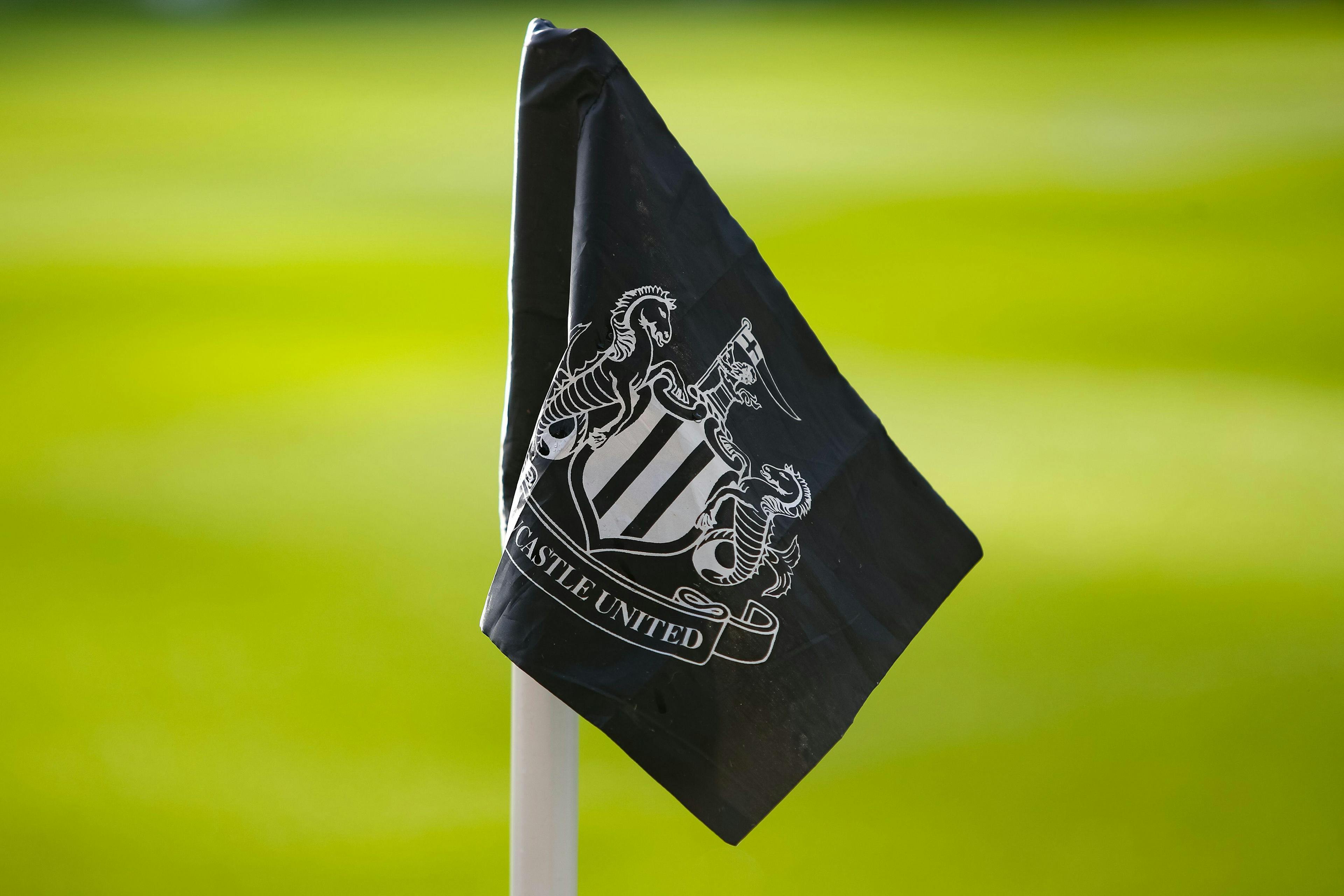
Newcastle vs Arsenal - 96/1 Mega Bet Builder Tip
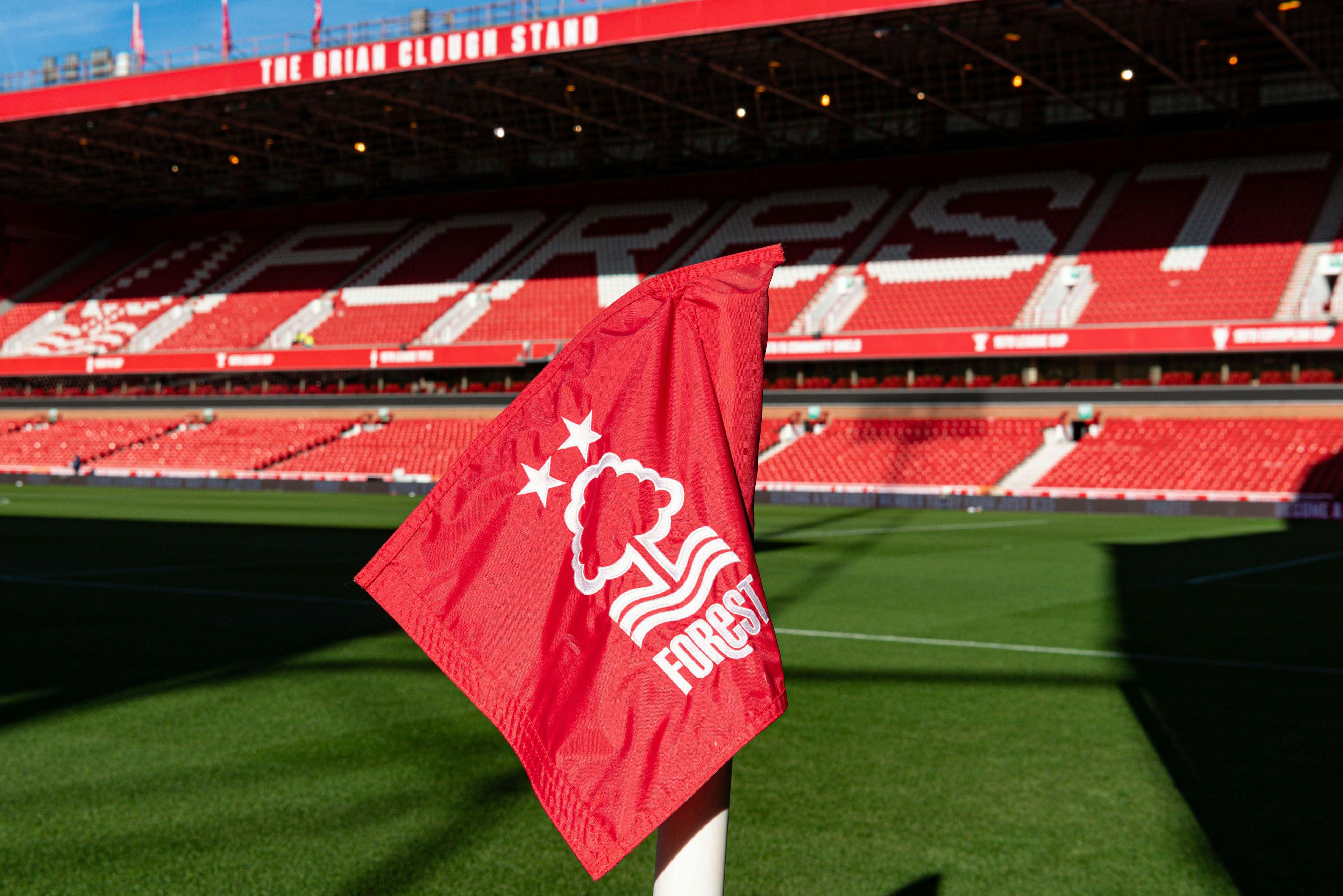
Nottingham Forest vs Sunderland - 96/1 Mega Bet Builder Tip 27/09/2025
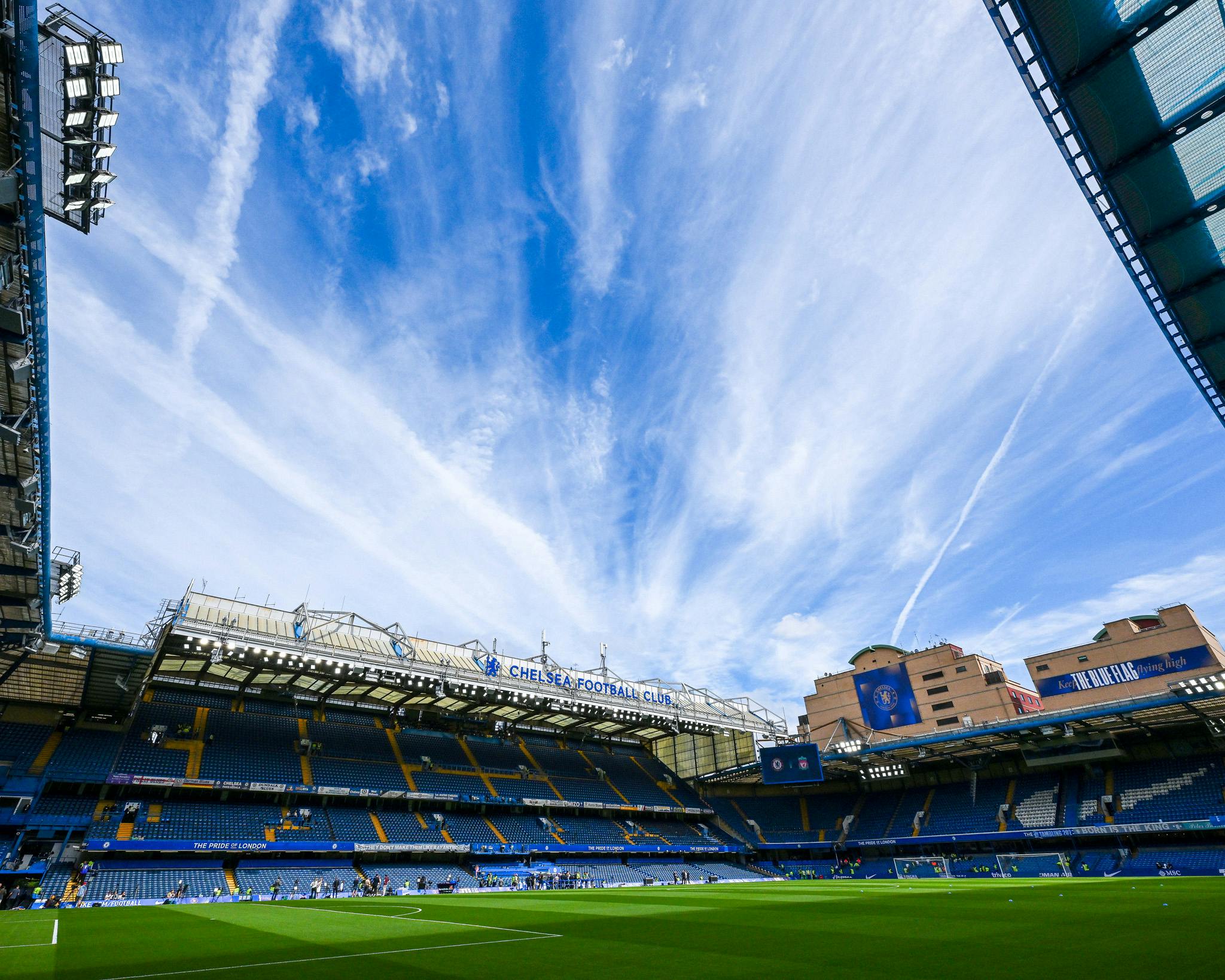
Chelsea vs Brighton: 28/1 & 5/4 Bet Builders with BOYLE Sports Boost 27/09/2025
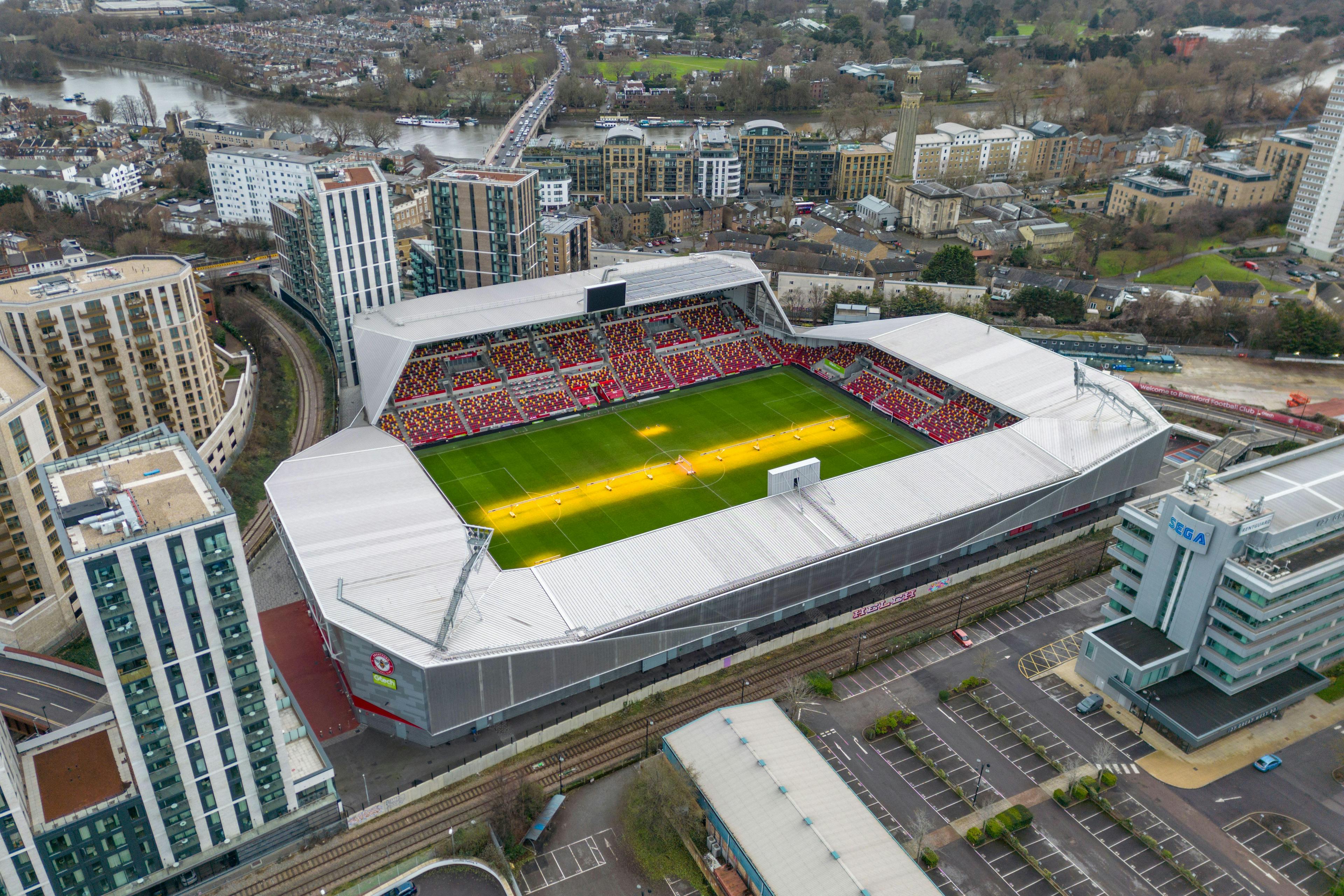
Brentford vs Man United - 100/1 Mega Bet Builder Tip 27/09/2025
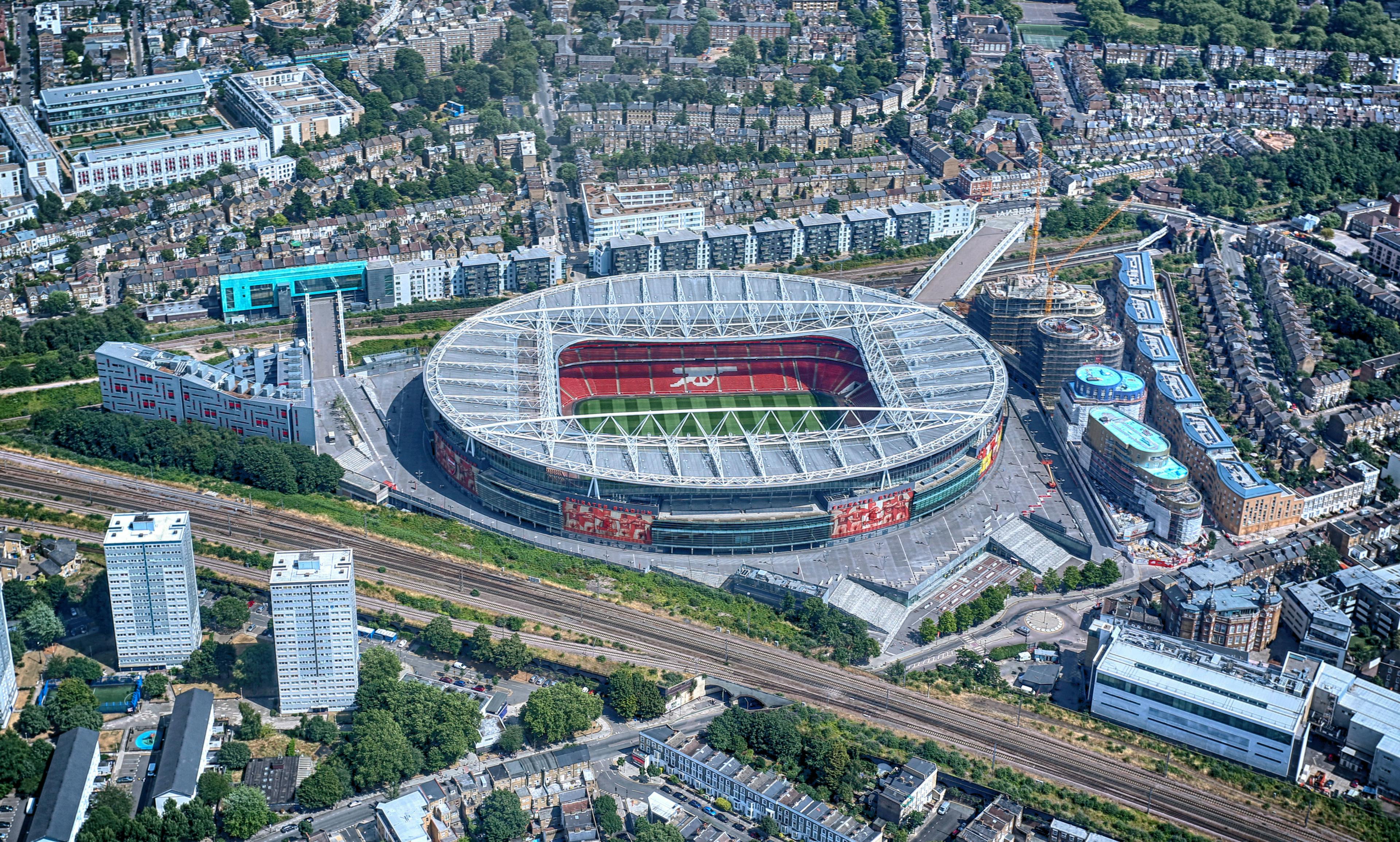
Arsenal vs Man City - 109/1 Mega Bet Builder Tip
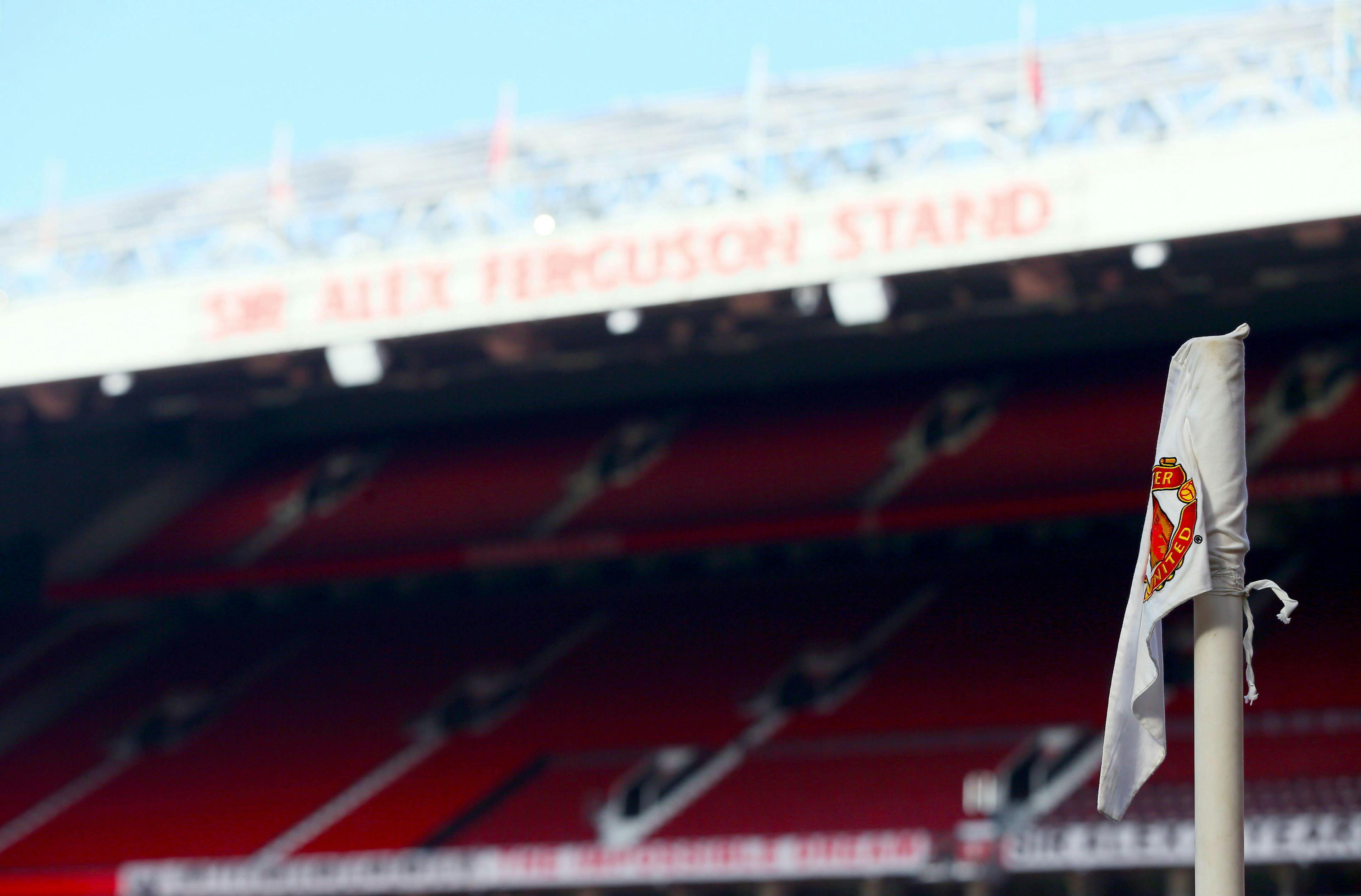
Man United vs Chelsea: 111/1 Mega Bet Builder Tip
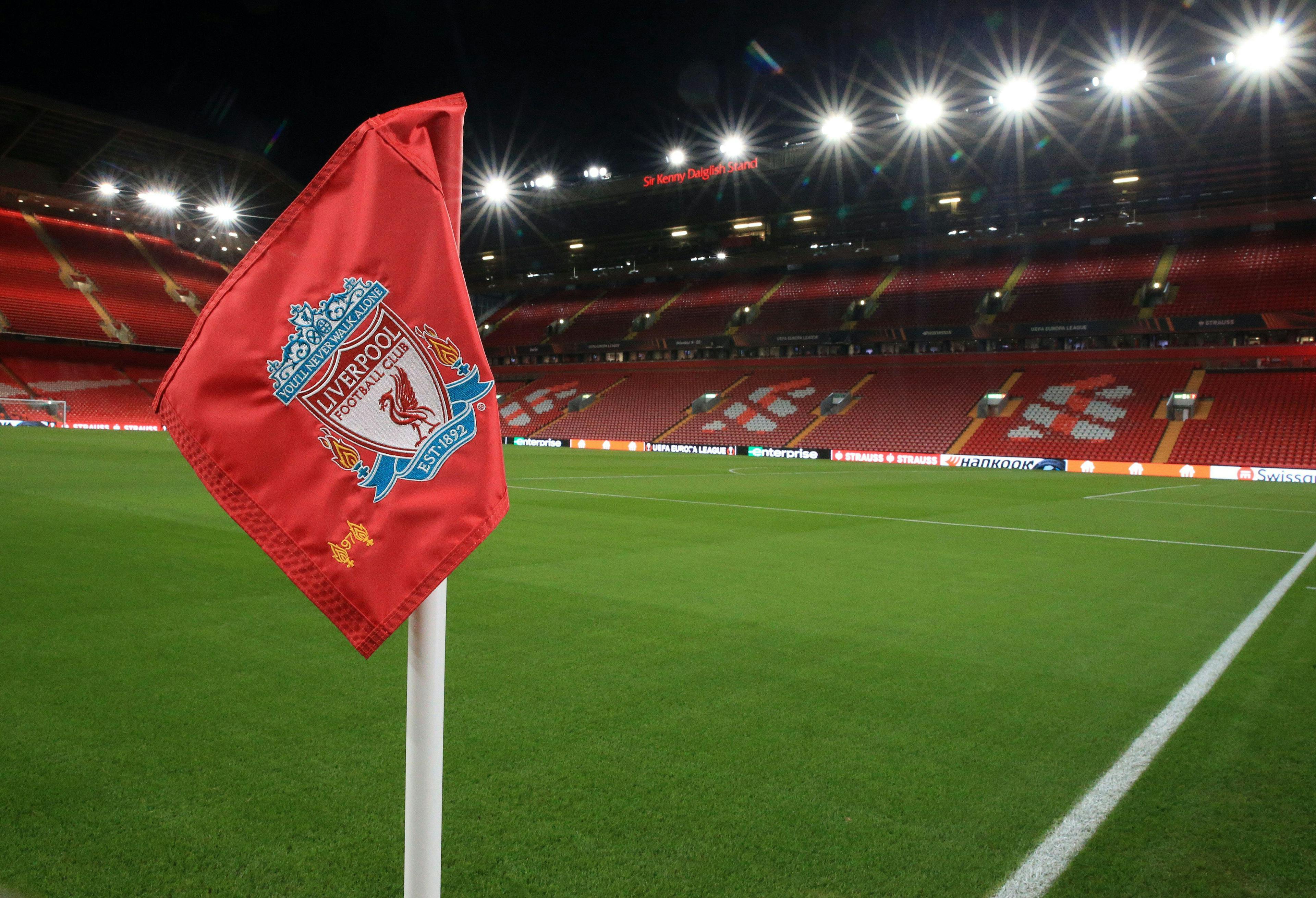
Liverpool vs Everton: 100/1 Mega Bet Builder Tip 20/09/2025
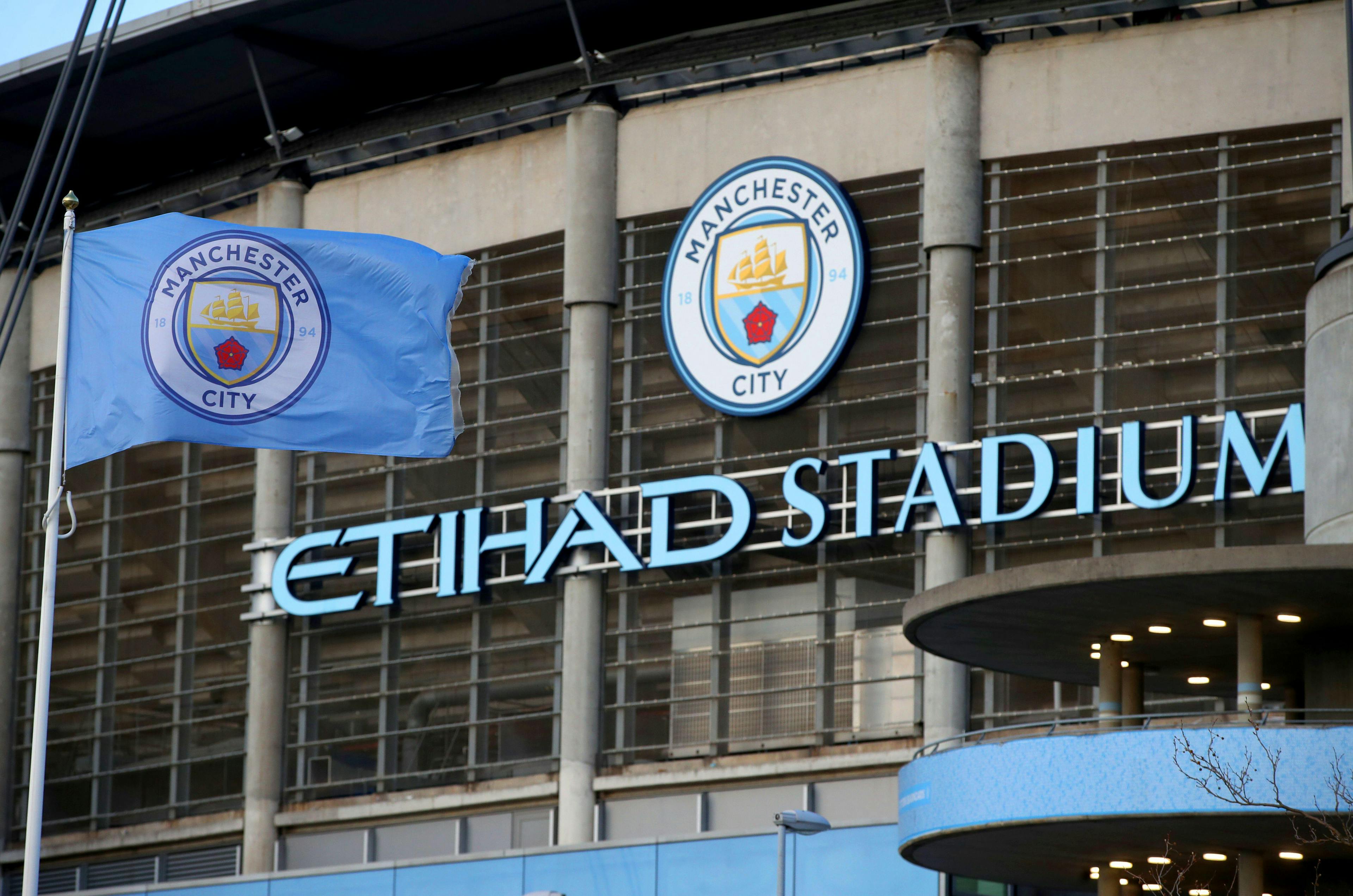
Man City vs Man United: 100/1 Mega Bet Builder Tip
